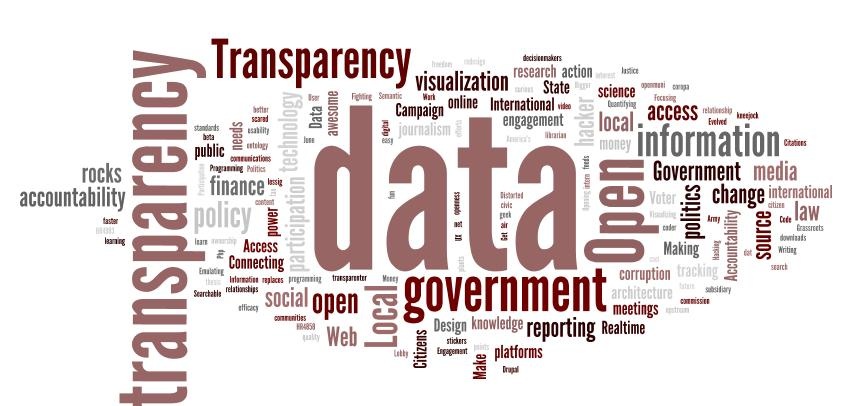Clinical trials transparency is understood to be part of all Good Clinical Practices (GCPs) and is further envisioned to work in the best interest of trial participants. But is it in the best interest of drug makers and medical researches as well or is the situation quite different? Looking in-depth, the European Medicines Agency (EMA) regulation regarding the disclosure of clinical trials information has the purpose to find the right balance between the public and research organizations. Undoubtedly, publishing studies–related data on a publically-accessible database brings forward plenty of advantages to those who demonstrate interest in a particular research. But just as anything else, the silver coin representing clinical trials transparency also has two sides. And while we are enabled to see the positive and shinier part about it at first glance, at the back of it there is a number of problems that may arise as a result of too much transparency.
It will not come as a surprise if we point out that the data sharing practice has gained integral momentum for the last couple of years. Despite the fact that there are still research Pharma, Medical and Clinical organizations that may try to conceal specific data, most of the companies allow patients and the general public to have access to a variety of documents. Such files give a chance to the reader to track the progress of one study or another. Moreover, the audience can learn about detailed trial specifics such as duration, phases, start and end-date and much more. But this type of openness can results in different downsides and additional clinical trial transparency issues.
- First and foremost, since shared data includes not only summary data but individual patient data too, the increased disclosure may cause confidentiality, and respectfully, ethical complications. This can question the adequate protection of participants’ welfare, privacy and rights and can hinder the trial process.
- After that, there comes the moment when transparency of clinical researches endangers the competitive advantage of a certain company to others. In this regard, the head of clinical trials for the UK’s Medicines and Healthcare products Regulations Agency (MHRA) Martyn Ward argued that:
“It is important that information on clinical trials is made available to the research community, patients and the public but at the same time we must ensure that researchers in Europe are not put at a competitive disadvantage compared to other parts of the world.”
In other words, increased exposure of information may be closely linked to the process of patenting a recently-discovered use of a known drug. A use, that is new to the market and has not been indicated so far. How come? Because the information about the medical product usage has already been made public, it may not be considered as innovative at a later date. As a consequence, this might prevent the drug-researching and developing company from officially developing the new uses, which will bring them one step behind their competitors.
- Finally, there is a chance that people might abuse this free access to important data. For example, some subjects may reach to improper conclusions and independent analysis which are incorrect.

It is true that when looking at the bigger picture of transparency in clinical studies, one can notice the positive outcomes of it – offering informative details to participants, enabling them to monitor the development of the process and so on. However, if authorities narrow down their observations, they can see various clinical trial transparency issues. Such issues include putting confidentiality of trial participants at risk; interrupting patent-procedures and, lastly, reaching to wrong assumptions accompanied by unappropriated analysis.
PDF Version of this article is available here: https://crotraining.co.uk/wp-content/uploads/2015/07/Clinical-trials-transparency-issues.pdf





